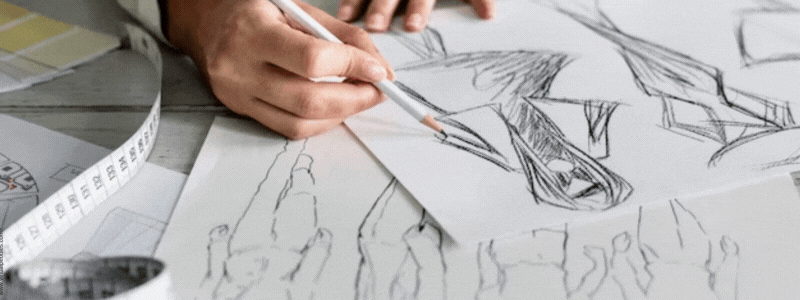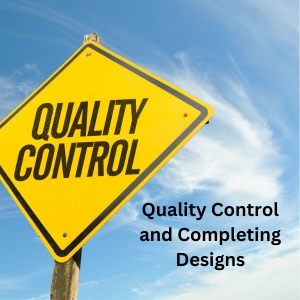Announcement
We are excited to announce the Indus Hackathon 2025, an exhilarating one-day event organized by the CSE Department of Indus University....Read more We are excited to announce the Indus Hackathon 2025, an exhilarating one-day event organized by the CSE Department of Indus University.
26th ISTE Faculty Annual State Convention will be held at Indus University on April 27, 2023....Read more 26th ISTE Faculty Annual State Convention will be held at Indus University on April 27, 2023.
26th ISTE GUJARAT STATE ANNUAL FACULTY CONVENTION & CONFERENCE ON APRIL 27,2023. MORE DETAILS WILL BE SHARED SOON....Read more 26th ISTE GUJARAT STATE ANNUAL FACULTY CONVENTION & CONFERENCE ON APRIL 27,2023. MORE DETAILS WILL BE SHARED SOON.
We are excited to announce the Indus Hackathon 2025, an exhilarating one-day event organized by the CSE Department of Indus University....Read more We are excited to announce the Indus Hackathon 2025, an exhilarating one-day event organized by the CSE Department of Indus University.
26th ISTE Faculty Annual State Convention will be held at Indus University on April 27, 2023....Read more 26th ISTE Faculty Annual State Convention will be held at Indus University on April 27, 2023.
26th ISTE GUJARAT STATE ANNUAL FACULTY CONVENTION & CONFERENCE ON APRIL 27,2023. MORE DETAILS WILL BE SHARED SOON....Read more 26th ISTE GUJARAT STATE ANNUAL FACULTY CONVENTION & CONFERENCE ON APRIL 27,2023. MORE DETAILS WILL BE SHARED SOON.

Fabric design is a fascinating field that combines artistry, creativity, and technical skills to produce stunning textiles. It plays a pivotal part in the fashion and textile industries, where unique fabric designs can elevate garments, accessories, and home decor to new levels of style and sophistication. The process of transforming initial sketches into captivating fabric designs is a multi-step journey that involves inspiration, concept development, sketching, digital design, and pattern development.
Fabric designers draw inspiration from various sources, including nature, art, culture, and current trends. They immerse themselves in research, exploring the latest fashion trends, studying historical textiles, and keeping a keen eye on emerging design movements. By gathering ideas and creating mood boards, designers conceptualize their designs, capturing the essence and mood they wish to convey through their fabrics. Trend analysis and market research help designers stay relevant and create designs that resonate with their target audience.

Sketching is a fundamental tool in the fabric design process. Designers translate their conceptual ideas into visual representations through sketches. They experiment with different motifs, patterns, and colour schemes, exploring various design possibilities. Sketching techniques, such as freehand drawing, rendering, and creating textile swatches, allow designers to visualize and refine their ideas before moving to the next phase.

Once the initial sketches are refined, designers transition to digital design software. Computer-aided design (CAD) software enables designers to digitize their designs, refine details, and make necessary adjustments. It offers greater precision and flexibility in creating complex patterns and motifs. Designers utilize CAD tools to develop repeat patterns, adjust scaling, and experiment with colour variations, allowing them to achieve a harmonious and balanced composition.
Digital design software also facilitates collaboration and communication with manufacturers and clients. Design files can be easily shared, allowing feedback and revisions to ensure the final fabric design meets the desired aesthetic and technical requirements.
The process of creating fabric designs is an intricate and iterative one. Designers constantly refine and iterate their designs, seeking a balance between creativity, market appeal, and technical feasibility. By embracing the digital tools available, fabric designers can unleash their creativity and bring their visions to life in remarkable ways.
Colour is essential in fabric design because it elicits emotions and sets the overall atmosphere of a design. Designers consider colour psychology and the impact of varied colour selections on fabric designs. Warm hues like red and orange can elicit energy and enthusiasm, whilst cool colours like blue and green can elicit quiet and serenity. Colour palettes are carefully chosen to compliment the fabric's intended usage and target audience. For children's clothing, bright and vivid colours may be favoured, while soft and neutral tones may be selected for home decor fabrics.
Texture, surface treatments, and colour contribute to fabric patterns' visual intrigue and depth. To improve the fabric's tactile sensation, designers experiment with different textures and finishes, such as smooth, rough, glossy, or matte. Different weaving processes, decorations, and printing procedures can be used to achieve consistency. Designers develop fabric designs that engage the senses and increase aesthetic appeal by carefully picking and blending colours and textures.
Fabric designers work closely with textile manufacturers to bring their concepts to reality. This collaboration includes selecting appropriate textiles and determining the best approaches for achieving the desired design. Fabric composition, weight, durability, and drape are all considered. Designers collaborate closely with manufacturers to ensure that the fabric chosen is appropriate for the intended use and meets quality standards.
Communication between designers and manufacturers is vital throughout the fabrication and production processes. Clear and effective communication ensures the fabric design is accurately translated into the final product. Sample development is essential in this process, allowing designers to evaluate the fabric's appearance, texture, and colour accuracy. Through this iterative process, adjustments can be made to achieve the desired outcome and ensure that the fabric design meets expectations
Quality control is a critical aspect of fabric design production. Designers and manufacturers adhere to strict quality standards to ensure that the fabrics meet the desired level of craftsmanship and durability. Fabric swatches, strike-offs (small sample swatches), and sample evaluations are employed to assess the overall quality and appearance of the fabric. Detailed inspections and evaluations can identify and address any discrepancies or imperfections before finalizing the design.
Finalizing fabric designs is an iterative process that involves feedback and modifications. Based on the sample evaluations, designers collaborate closely with manufacturers to integrate essential changes and enhancements. This collaborative technique allows for continuous fabric design modification and enhancement until the desired output is attained.

In conclusion, creating fabric designs is a meticulous and multifaceted process that involves careful consideration of colour, texture, fabrication techniques, and quality control. Fusing artistic creativity, technical skills, and industry knowledge is essential to transforming initial sketches into exquisite fabric creations. Fabric design profoundly impacts fashion, interior design, and various other industries, adding beauty, functionality, and individuality to a wide range of products. Aspiring fabric designers are encouraged to embrace their creativity and embark on their journey of transforming sketches into remarkable fabric designs that leave a lasting impression.